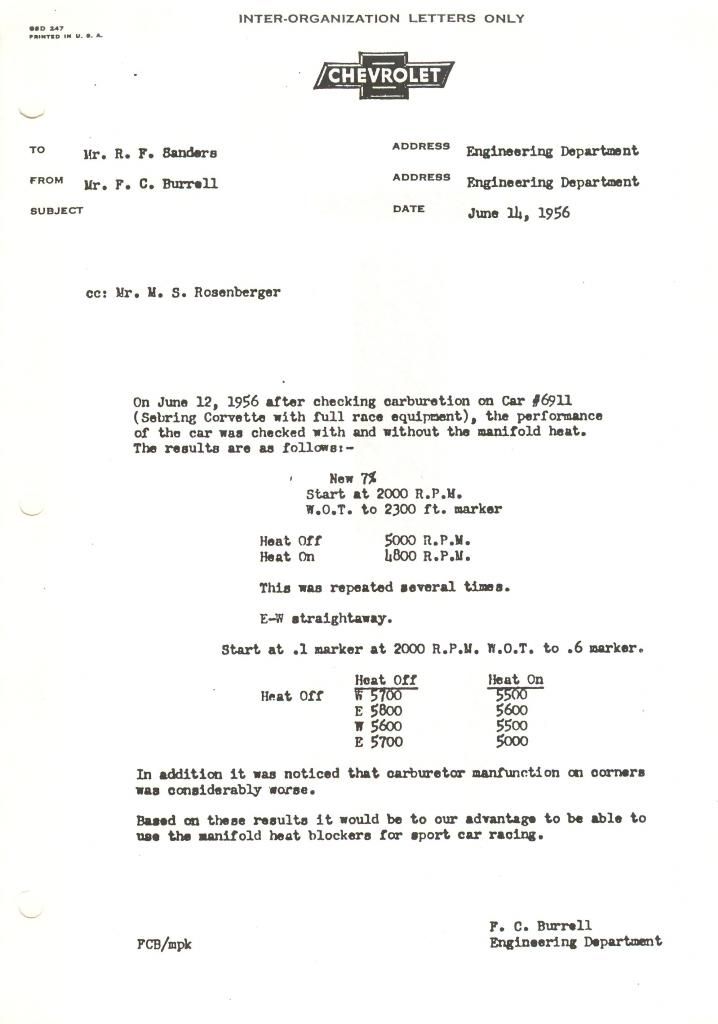I am putting a new raditator in my 340 HP this coming week end and would like to take the opportunity to pull the intake and block off the heat riser passage. The gaskets came with 2 different metal block off plates. One set would not completly block the passage and the second set looks like it will cause sealing problems with the intake. Is there a third set that are correct that I do not have?
Thanks for your help.
Jeff
039.jpg
Thanks for your help.
Jeff
039.jpg


Comment